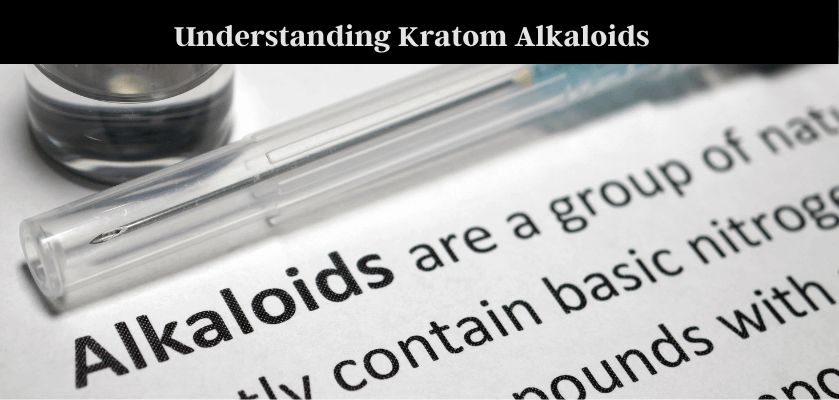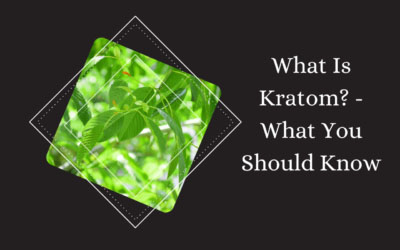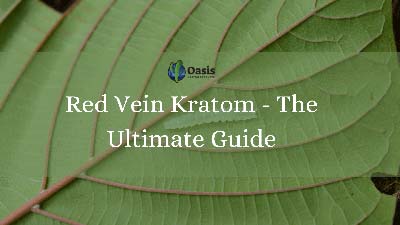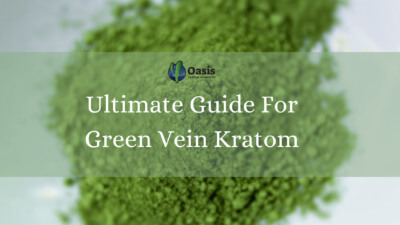When it comes to kratom it’s the alkaloids that supply all the support you are seeking. However, you may be wondering about kratom alkaloids and how they can affect you. While we cannot discuss effects, we can review the alkaloids that are found in kratom. It is very important that you discuss kratom with your family doctor. This herb may not be ideal for you. Your doctor will be able to recommend other supplements if kratom is not a good fit for you.

Kratom Alkaloids
Most of the main alkaloids in kratom are known as indole alkaloids. The main two alkaloids in kratom are mitragynine and 7-hydroxymitragynine. These two alkaloids are the only alkaloids within kratom that are being studied. So, to understand all the alkaloids that live in kratom more scientific research is needed.
There are more than 50 alkaloids present in kratom. The list of alkaloids present in kratom includes mitragynine, 7-hydroxymitragynine (7-HMG), speciociliatine, corynantheidine, speciogynine, paynantheine, mitraphylline, rhynchophylline, mitralactonal, raubasine, and mitragynaline. However, mitragynine and 7-hydroxymitragynine are mainly responsible for the wellness support that kratom offers.
These alkaloids work with the opioid receptors within the body. The number of alkaloids in a kratom leaf will highly depend on the area in which the plant was grown when it was harvested, and the age of the plant. Each strain of kratom will vary when it comes to the number of alkaloids that are present.
The issue with the kratom market is the lack of scientific research. More research is needed to truly understand kratom and what it has to offer. Also, most of the research that has been conducted concentrates on the two main alkaloids mitragynine and 7-hydroxymitragynine. So, it does not give us much to go on when wanting to learn about the other alkaloids within kratom.
Understanding Alkaloids
Alkaloids are a very large group of organic compounds that occur naturally. They have nitrogen atoms within their structures. Nitrogen atoms will typically be formatted in a ring (cyclic) system. Indole alkaloids contain nitrogen atoms within the indole ring system.
Alkaloids can be placed into classes such as indoles, quinolines, isoquinolines, pyrrolidines, pyridines, pyrrolizidines, tropanes, and terpenoids and steroids. Another classification system for these substances would be connected to the family from the plant species. People often get the plant class and alkaloid class confused. However, they should be distinguished separately.
Alkaloids when in their pure state will be colorless, odorless crystalline solids. However, sometimes alkaloids will appear as yellowish liquid. Most alkaloids are known to have a bitter taste. There are more than 3000 alkaloids across 4000 plant species.
Alkaloids appear in many different plant species but are more prevalent in plants that flower. Plants will go through the process of producing and storing many different organic compounds such as amino acids, proteins, fats, alkaloids, and carbohydrates. These compounds are typically considered secondary metabolites.
They will be found in each part of the plant including leaves, stems, roots, and even the fruit of the plant. However, the amounts will vary among plants. In many instances, these compounds may be considered waste products. However, new research has proven that these compounds are a very important part of the biological function of the plant.
With alkaloids, the plant may have many different ones but there is typically one or two that are more prevalent. This certainly is the case for kratom. While the kratom plant has more than 40 different alkaloids present, the two main ones are what researchers study.
In nature, the bitter taste of alkaloids will help deter herbivorous organisms. They can be thought of as a natural pesticides. Research does suggest that these alkaloids do help protect the plant from destructive insects. You will find that some animals also have alkaloids including dart frogs, new world beavers, and some lizards.
Alkaloids will vary in chemical structure. Many alkaloids can be found in drugs. Morphine was one of the first alkaloids to be isolated in 1804. The source was the opium poppy which was studied in its crystalline form.
In general, alkaloids are a very diverse group of compounds that have a wide range of functions, both desirable and undesirable. Most alkaloids come from plants rather than animals. The most popular alkaloids include morphine, strychnine, quinine, atropine, caffeine, ephedrine, and nicotine.
Buying Kratom
While you do not have to understand all the compounds within kratom, it is very important that you never buy kratom without first consulting with your physician. They are the only ones who can give you advice on kratom strains and dosing.
There is still a lot about kratom that we do not know or understand. When you do purchase kratom be sure that you only buy from high-quality vendors. You never want to buy kratom that is adulterated. Since this market lacks regulations there is a lot of subpar kratom on the market.
We are a part of the American Kratom Association. We comply with all GMP regulations and conduct lab testing on our products. This proves the quality and purity of our products. Please let us know if you have any questions about kratom alkaloids or the products on our website.




 The Best Places To Buy Kratom In Kansas City – 2024 Update
The Best Places To Buy Kratom In Kansas City – 2024 Update
 Where To Buy Kratom In Charlotte NC – 2023 Update
Where To Buy Kratom In Charlotte NC – 2023 Update


